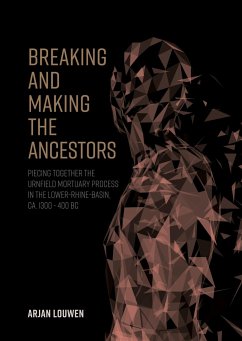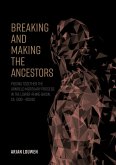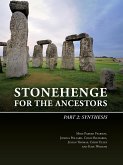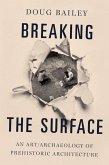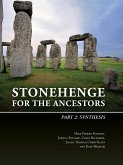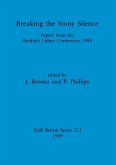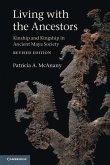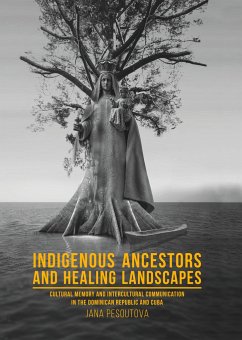Towards the capstone of the European Bronze Age, in an area stretching from the Carpathians in the East to the North Sea in the West, vast cremation grave cemeteries occur that are perhaps better known as 'urnfields.' Today some 700 of these burial sites have come to light in the Netherlands alone.In this corner of Europe, also known as the 'Lower-Rhine-Basin,' these cemeteries are often characterised by vast collections of small burial mounds under which the cremated remains of decedents were buried in small shaft-like pits. In many a case the cremated remains had been put in urns first, providing these cemeteries with their very name.Though rich in numbers, urnfield graves are often described as 'poor' and 'simple' as only in rare occasions decedents were provided with grave gifts. However, when close attention is paid to the actions involved in the creation of these seemingly simple graves, they in fact reveal a richness in funerary practices that on their turn hint a complex and intricate mortuary process.This book delves into the wealth of funerary practices reflected in more than 3,000 urnfield graves excavated throughout the Netherlands in order to reconstruct the mortuary process associated with the urnfields in this particular part of Europe. Together these graves tell interesting stories about how the dead related to each other, how plain and simple objects could be used as metaphors in the creation of relational and ancestral identities and how the dead were inextricably linked to the land.Contents1 Introduction: Bits and pieces2 The whole is more than the sum of its parts3 Dissecting the urnfield funeral4 The body and the urnfield mortuary process5 Objects and the urnfield mortuary process6 Assembling the ancestors7 The related dead8 Ancestral landscapes9 Breaking and making the ancestorsAppendix I: Inventory of sitesAppendix II: Radiocarbon dates
Hinweis: Dieser Artikel kann nur an eine deutsche Lieferadresse ausgeliefert werden.
Hinweis: Dieser Artikel kann nur an eine deutsche Lieferadresse ausgeliefert werden.

